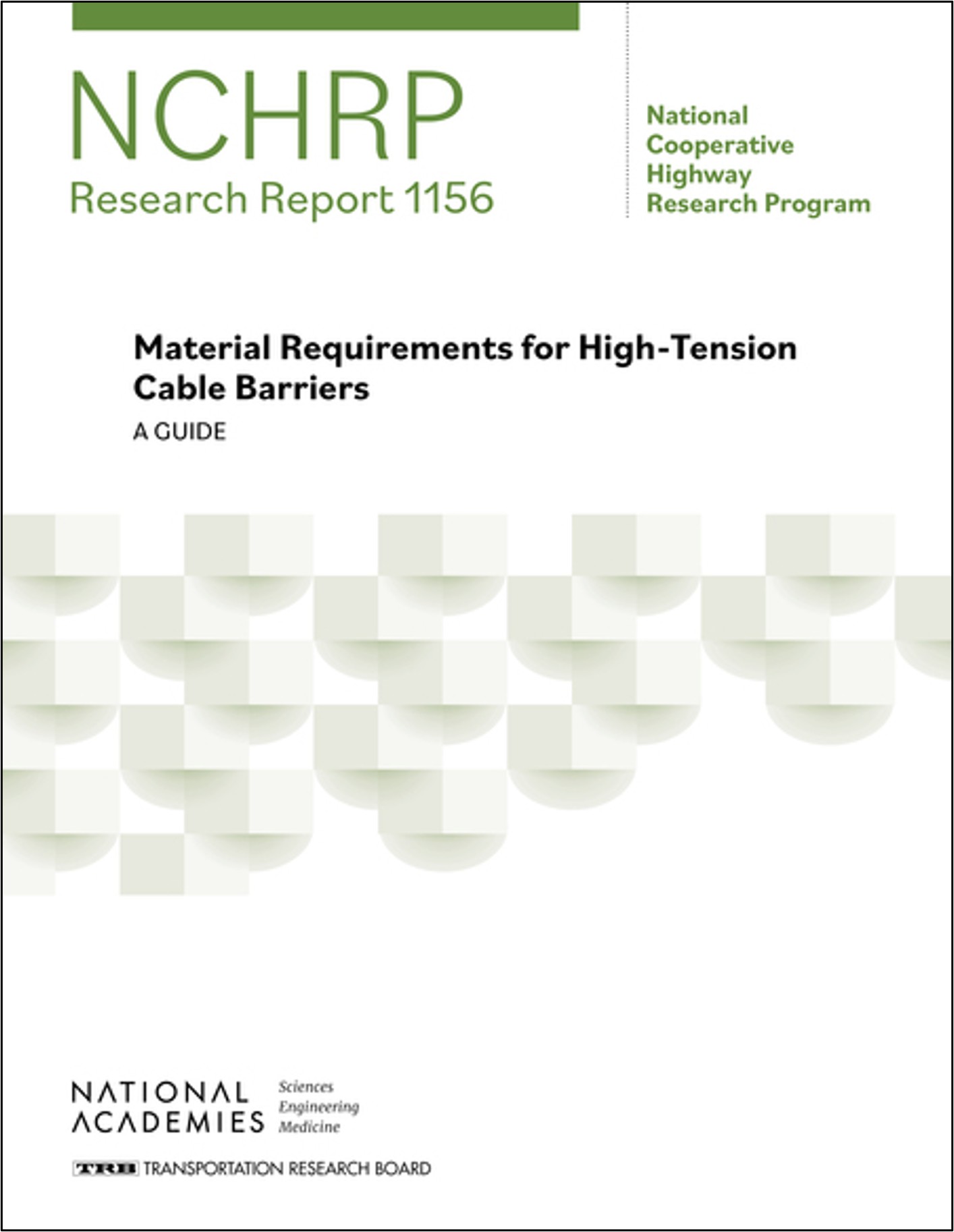Material Requirements for High-Tension Cable Barriers
NCHRP's Material Requirements for High-Tension Cable Barriers documents material requirements for highway guardrail systems and their components to provide consistency with current roadside safety hardware requirements.
High-tension cable barriers are roadside safety devices that are usually made of three or four steel cables strung on posts. When a car hits the barrier, the posts break and the cables flex, absorbing much of a crash’s kinetic energy. This redirects the vehicle along the median, preventing a cross-median crash.
Recent years have seen an increased focus on the performance of roadside hardware. As the use of high-tension cable barrier systems increased across the United States, the transportation industry determined that there was a research need to summarize the state of practice for these systems.
This report follows up on NCHRP Research Report 1020 Investigation of Material Requirements for Highway Guardrail Systems.
Who is NCHRP?
The National Cooperative Highway Research Program conducts research in problem areas that affect highway planning, design, construction, operation, and maintenance in the United States.
Administered under the Transportation Research Board (TRB), NCHRP is a collaborative effort between the Federal Highway Administration (FHWA) and the National Academy of Sciences.

